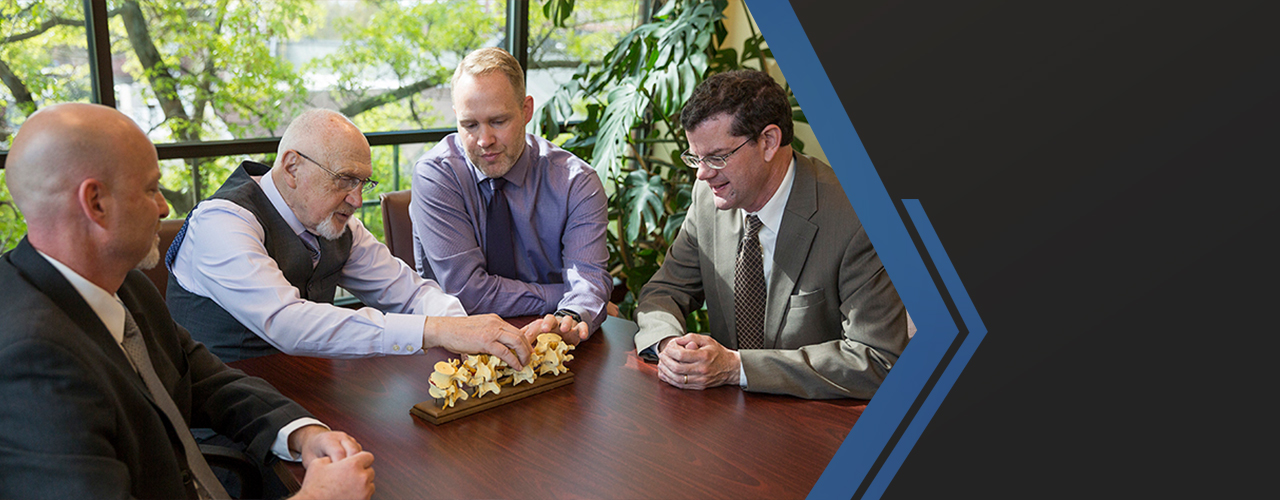Understanding the Complexities of a Cervical Neck Injury
There are many different types of injuries that can happen to the neck. In this article, we will focus on cervical neck injuries to help give you a better idea of what happens to this area of your body when a force is suddenly applied.
Understanding the make-up of the neck
The neck is a complex series of bones that are connected with discs in between. Along with the bones, we also have a series of muscles and ligaments that connects everything together. Most of the muscles are located in the side and the back of the spine.
There are also nerves that extend out an away from the spinal cord; these control your shoulders, arms, ribs and so on as you make your way down the body. Pain response will also go through your nerve pathway, which connects to the spine.
As you can tell from the descriptions above, the neck is a fairly tightly constructed unit. Unfortunately, when there is a lot going on with a body part — such as the neck — there’s a good chance that something in that area will become injured if a force is suddenly applied. This is why neck injuries are so common.
ction to the knee itself. The main purpose of the PCL is to keep your knee from hyper-extending. When you bend your knee, the PCL ligament becomes slack, or loose. When you straighten your knee back out, the ligament becomes tight.
Dealing with a sudden force to the front of your neck
We want to focus in on what happens when a force is applied to the front of your neck. For example, maybe you were in a car accident and you strike your head against the dashboard. Again, neck injuries due to frontal impacts are common, and there are many ways that you could injure your neck (falls being another common way).
In some cases, a vertebral fracture can occur. The facet joints along the spine are no longer smooth — they are now out of place. Most notably, a vertebral facet joint dislocation can be one of the most painful injuries that can occur to a person. This is mainly because there are a lot of nerves in that area of the neck that can cause extreme pain.
Potential injuries that can occur
First and foremost, you can have ligament damage. When a vertebrae moves, you can have a sprained ligament or even a complete tear. Next, you can also have damage to the back side of the spine where the spinal cord compresses and pinches your nerves. This injury can cause you to lose control of bladder and bowel control. You can also lose function with your legs.
You can even have disc damage. With a frontal impact, the force will pull the front part of the disc apart as the neck goes backwards. The impact will press the backside of the disc as the neck presses backward. It could do damage to the outside layer (the annulus) where you can get a tear. Or, you could get a frank herniation. This is when you squish the interior disc out into the space where it should not be.
Again, the neck is very complex in its structure. For this reason, these injuries will vary case by case. Your doctor will provide you with a specific treatment plan most relevant to your injury.
If you have a cervical neck injury, or if you suffered another type of injury due to a fall or an accident, contact us today at Dwyer Williams Cherkoss Accident Injury Attorneys for a free case evaluation. You can also reach us directly at: 1-800-285-8678. Our team of experienced personal injury attorneys will work hard to ensure that you receive the justice that you deserve!

















